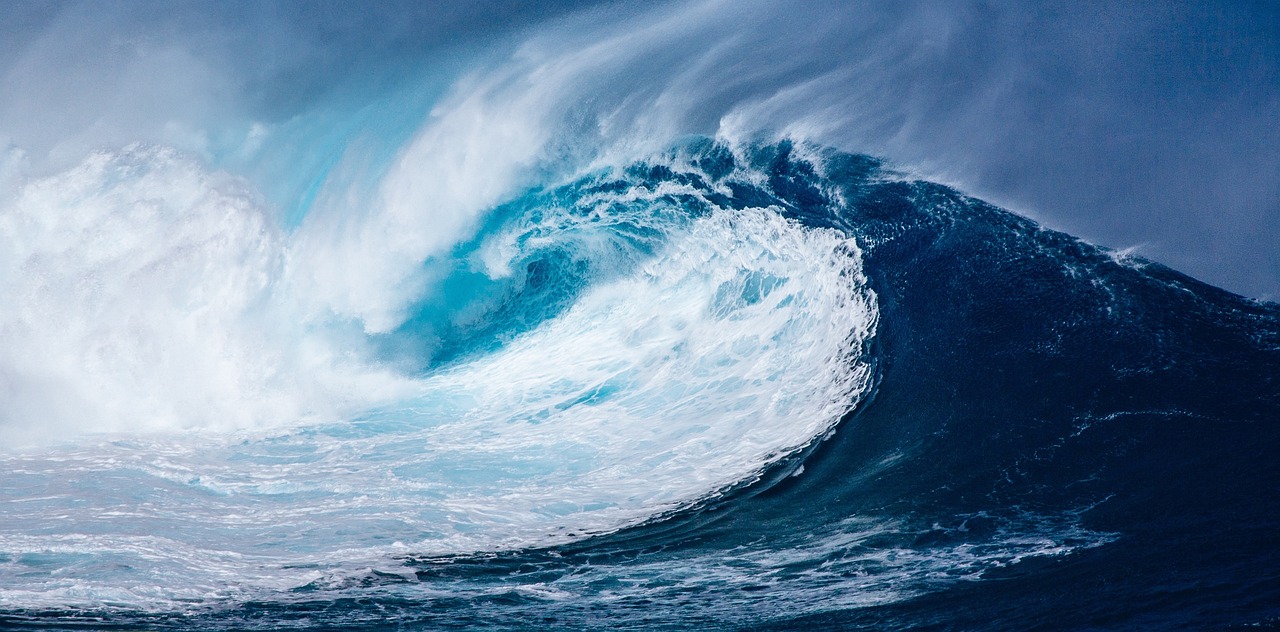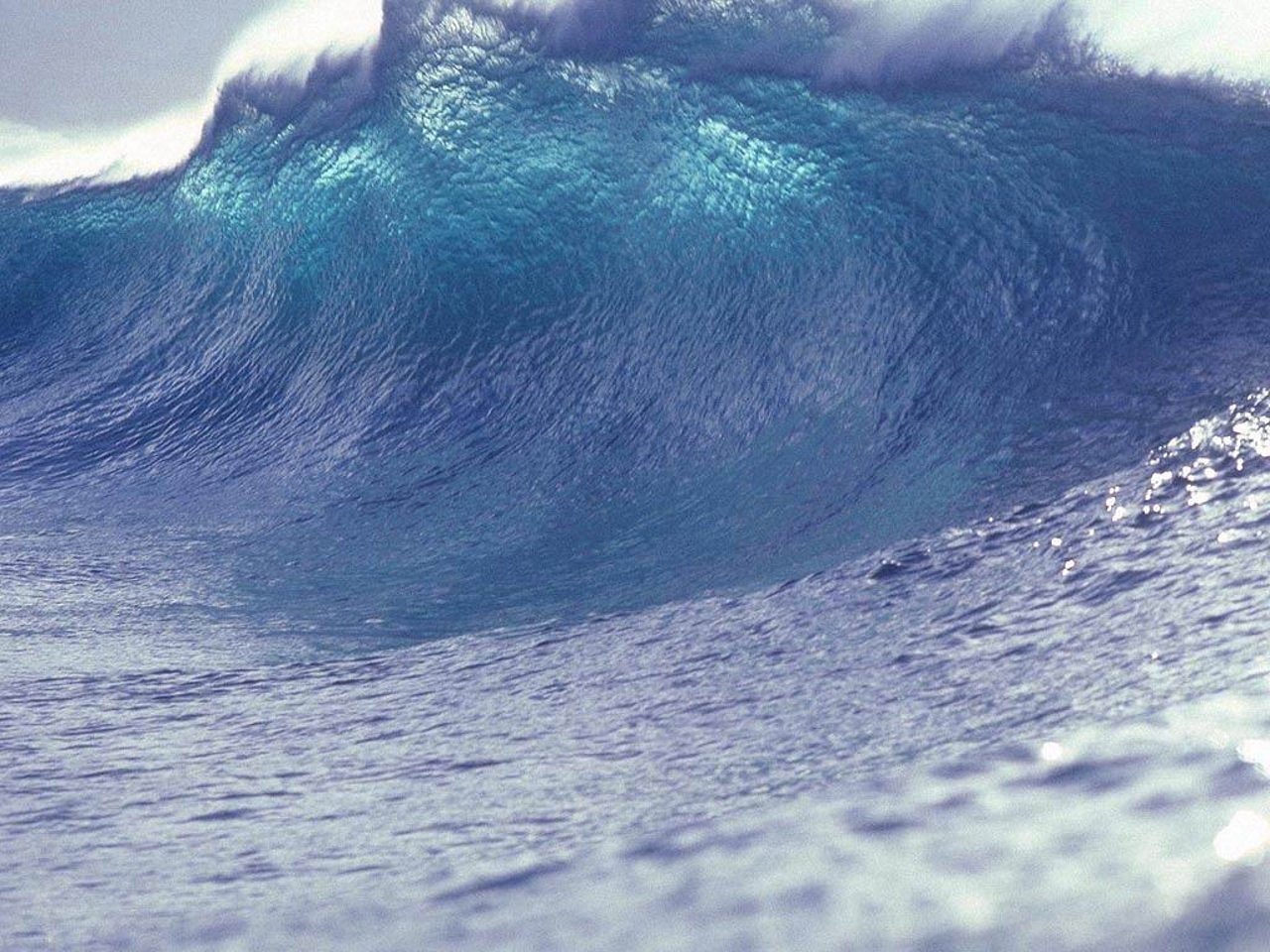Imagine you’re on a peaceful beach, enjoying the crashing waves and warm sand between your toes. Suddenly, a surge of water rises ominously and you realize you’re about to face a tsunami. Your heart starts pounding, but wait – you remember the valuable information you’ve learned on how to recognize and prepare for this natural disaster. In this article, we’ll guide you step by step, equipping you with the knowledge and tools to stay safe and calm when faced with the threat of a tsunami.
Understanding Tsunamis
Tsunamis are natural disasters that can cause immense destruction and loss of life. They are often triggered by underwater earthquakes or volcanic eruptions, resulting in a series of powerful ocean waves. A tsunami wave can travel across vast distances, rapidly gaining strength and height as it approaches the shoreline.
Definition of a tsunami
A tsunami, which means “harbor wave” in Japanese, is a series of ocean waves that are generated by a sudden disturbance in the ocean floor. This disturbance could be caused by tectonic activity, such as earthquakes, volcanic eruptions, or even landslides. Unlike normal ocean waves, tsunamis have a much longer wavelength and can travel great distances across the ocean.
Causes of tsunamis
One of the primary causes of tsunamis is underwater earthquakes. When tectonic plates beneath the ocean floor shift, they can generate a massive amount of energy, which is transferred to the water above. This energy then displaces a significant amount of water, creating powerful tsunami waves. Volcanic eruptions can also lead to tsunamis when they occur near coastlines or in the ocean.
Characteristics of tsunamis
Tsunamis have several distinguishing characteristics that set them apart from regular sea waves. Firstly, they can travel at incredible speeds, reaching over 500 miles per hour in some cases. Secondly, tsunamis have a much longer wavelength, which means they can span across large areas and impact multiple coastlines. Lastly, tsunamis often exhibit a series of multiple waves, with the first wave typically not being the most dangerous.
Types of tsunamis
There are two main types of tsunamis: local and distant. Local tsunamis occur when an undersea earthquake happens near the coast, resulting in a rapid onset of tsunami waves hitting nearby coastal areas. Distant tsunamis, on the other hand, are generated by powerful earthquakes that occur further away from shorelines. These tsunamis take longer to reach coastal areas but can still be incredibly destructive.
Recognizing the Warning Signs
It is crucial to be able to recognize the warning signs of a possible tsunami to ensure your safety and the safety of your loved ones.
Natural warning signs
- Strong and prolonged ground shaking during an earthquake near the coast can be a warning sign of an impending tsunami. If you are in an area prone to earthquakes, be alert to this possibility.
- Unusual ocean behavior, such as a sudden and significant recession of water from the shoreline or a rapid rise in sea level, can indicate that a tsunami is approaching. If you observe these phenomena, move to higher ground immediately.
- The sound of an approaching tsunami wave can resemble a freight train or a roaring thunderstorm. If you hear these intense and abnormal sounds near the coast, it is essential to heed the warning and evacuate to a safe location.
Official warnings and alerts
To ensure timely and accurate information regarding potential tsunamis, it is crucial to rely on official warnings and alerts from recognized authorities. National meteorological agencies, such as the National Oceanic and Atmospheric Administration (NOAA) in the United States, regularly monitor seismic activity and issue tsunami alerts when necessary. Paying attention to these warnings and following the instructions provided is paramount during a tsunami threat.

Staying Informed
Knowing where to obtain reliable information during a tsunami event is essential to make informed decisions and stay safe.
Identifying reliable information sources
During a tsunami event, local authorities and national emergency management agencies are typically responsible for issuing updates and guidance. Stay connected to reputable news sources, such as local radio stations or official government websites, to receive accurate and up-to-date information.
Using technology to receive alerts
Take advantage of technology to receive timely tsunami alerts and updates. Many countries have developed mobile applications and alert systems that can provide real-time notifications directly to your smartphone. Additionally, ensure that your mobile device is set to receive emergency alerts, which can be sent out during critical situations.
Creating an Emergency Plan
Having a well-thought-out emergency plan in place can greatly increase your chances of staying safe during a tsunami.
Identifying evacuation routes
Familiarize yourself with the evacuation routes in your area. These routes are designated to lead people away from the coast and to higher ground in the event of a tsunami. Knowing the quickest and safest way to reach higher ground can be a lifesaver.
Selecting safe meeting points
Designate safe meeting points where you and your loved ones can reunite after evacuating. Choose locations that are easily accessible, preferably on higher ground, and away from the immediate danger zone. This will help ensure that everyone is accounted for and minimize the chances of separated individuals venturing back into the danger zone.
Preparing an emergency kit
Assemble an emergency kit that includes essential supplies to sustain you and your family in the aftermath of a tsunami. Your kit should include drinking water, non-perishable food, a first aid kit, a flashlight, extra batteries, a battery-powered radio, a whistle, a supply of any necessary medications, and basic tools. Additionally, consider including personal documents, spare clothing, and blankets.
Educating Yourself and Your Family
Understanding tsunamis and appropriate safety measures is crucial for everyone in your family, including children.

Learning about tsunamis
Take the time to educate yourself and your loved ones about tsunamis. Understand the causes, characteristics, and potential impact of tsunamis in your area. Resources such as online articles, educational videos, and local workshops can provide valuable information.
Understanding evacuation procedures
Familiarize yourself with evacuation procedures specific to tsunamis. Know the warning signals, evacuation routes, and safe areas designated by local authorities. Communicate these procedures to your family members so that everyone knows what to do in the event of a tsunami.
Teaching children about tsunami safety
Simplify the concepts surrounding tsunamis to make them easily understandable for children. Use age-appropriate language and visuals to explain what a tsunami is and what actions to take in the event of an emergency. Conduct practice drills with your children to help them internalize the safety protocols and alleviate fear or confusion.
Securing Your Property
Taking preventative measures to secure your property can minimize damage and protect your assets during a tsunami.
Property assessment and retrofits
Consult with professionals to assess the structural integrity of your property in relation to tsunami risks. They can provide guidance on retrofitting measures, such as reinforcing walls and foundations, securing roofs, and installing tsunami-resistant windows and doors.
Anchoring large objects
Secure large objects, such as furniture or heavy appliances, to prevent them from causing damage or becoming hazardous during a tsunami. Use straps, brackets, or other appropriate anchoring systems to keep these objects in place.
Protecting important documents
Safeguard important documents, such as identification papers, insurance policies, and property deeds, by storing them in a waterproof and portable container. Consider making digital copies of these documents and storing them securely in the cloud or on a portable storage device that can be easily accessed from a safe location.
Preparing Your Home
Taking specific measures to prepare your home can provide additional protection during a tsunami.

Creating a safe room
Designate a safe room within your home where you can take shelter during a tsunami. Ideally, this room should be located on higher ground, away from windows, and have reinforced walls and a sturdy door. Stock the safe room with emergency supplies, such as food, water, and a first aid kit.
Securing utilities
Learn how to safely shut off your utilities, such as gas, electricity, and water, in the event of a tsunami. This knowledge can help prevent additional hazards and damage to your property. Consult with professionals if you are unsure about the correct procedures.
Stocking emergency supplies
Maintain an adequate supply of emergency essentials, including non-perishable food, drinking water, first aid supplies, flashlights, batteries, and a battery-powered radio. Regularly check and replenish your stock to ensure that these supplies are readily available during a tsunami event.
Developing a Communication Plan
Establishing a communication plan is vital to keep your loved ones informed and connected during a tsunami.
Establishing a point of contact
Designate a point of contact, preferably someone outside the potential impact area, whom you and your family members can check in with during an emergency. This person can relay information and help coordinate efforts if communication channels within the affected area are disrupted.
Determining communication methods
Identify alternative communication methods that can be utilized in the event of a tsunami. Traditional phone lines and cell towers may become overloaded or damaged during emergencies. Consider using text messaging, social media platforms, or radio communication as backup means of contacting family members and receiving updates.
Knowing What to Do During a Tsunami
Understanding the appropriate actions to take during a tsunami can mean the difference between life and death.
Immediate actions to take
If you are near the coast and experience a strong earthquake, move to higher ground immediately. Do not wait for an official warning to take action. Stay away from the coastline, rivers, and low-lying areas until it is declared safe to return.
Evacuation procedures
If an official tsunami warning is issued, follow the evacuation procedures established by local authorities. Evacuate by foot or by an authorized means of transportation, adhering to designated evacuation routes. Avoid areas prone to flooding and seek shelter on higher ground or in designated emergency shelters until the tsunami threat has passed.
Recovering After a Tsunami
In the aftermath of a tsunami, it is essential to prioritize your safety and well-being during the recovery process.
Returning home safely
Only return to your home or area affected by the tsunami when local authorities deem it safe. Be cautious of hazards, such as debris, contaminated water, and unstable structures. Contact your local government or relevant organizations for guidance and support during the recovery phase.
Dealing with emotional impact
Experiencing a tsunami can be traumatic, and many individuals may need emotional support in the aftermath. Reach out to local support services, such as counseling centers or helplines, for assistance. Lean on your loved ones for support and maintain open lines of communication to process the emotional impact together.
Assessing property damage
Once the immediate safety concerns have been addressed, assess the damage to your property. Document the destruction with photographs or videos and notify your insurance provider as soon as possible. Consult with professionals to evaluate the structural integrity of your property and begin the necessary repairs and rebuilding process.
Understanding and preparing for a tsunami is essential for safeguarding your life and the lives of those around you. By being aware of the warning signs, staying informed through reliable sources, creating an emergency plan, securing your property, preparing your home, developing a communication plan, and knowing what actions to take during a tsunami, you can significantly reduce the risks and effectively respond to this formidable natural disaster.

